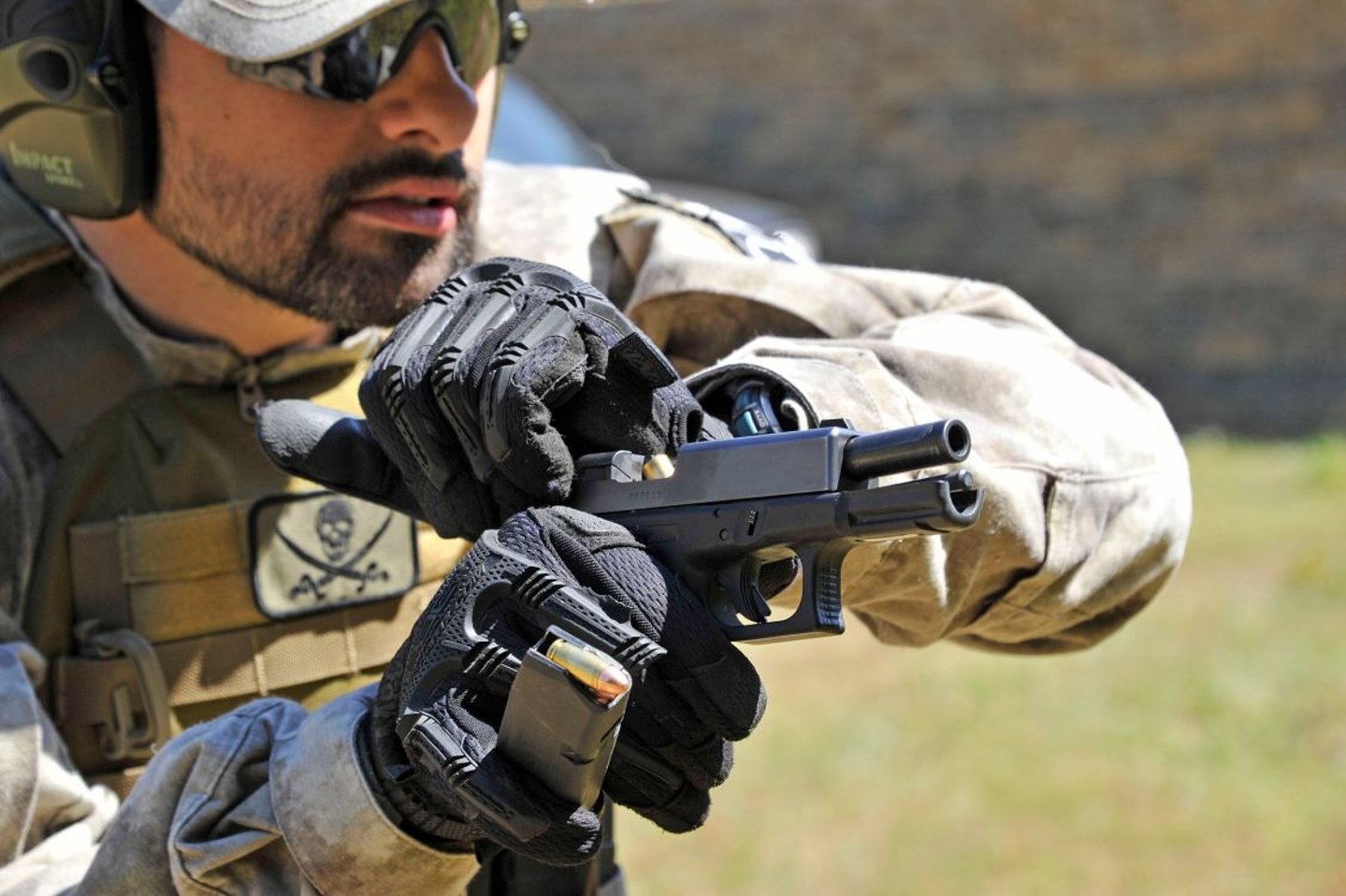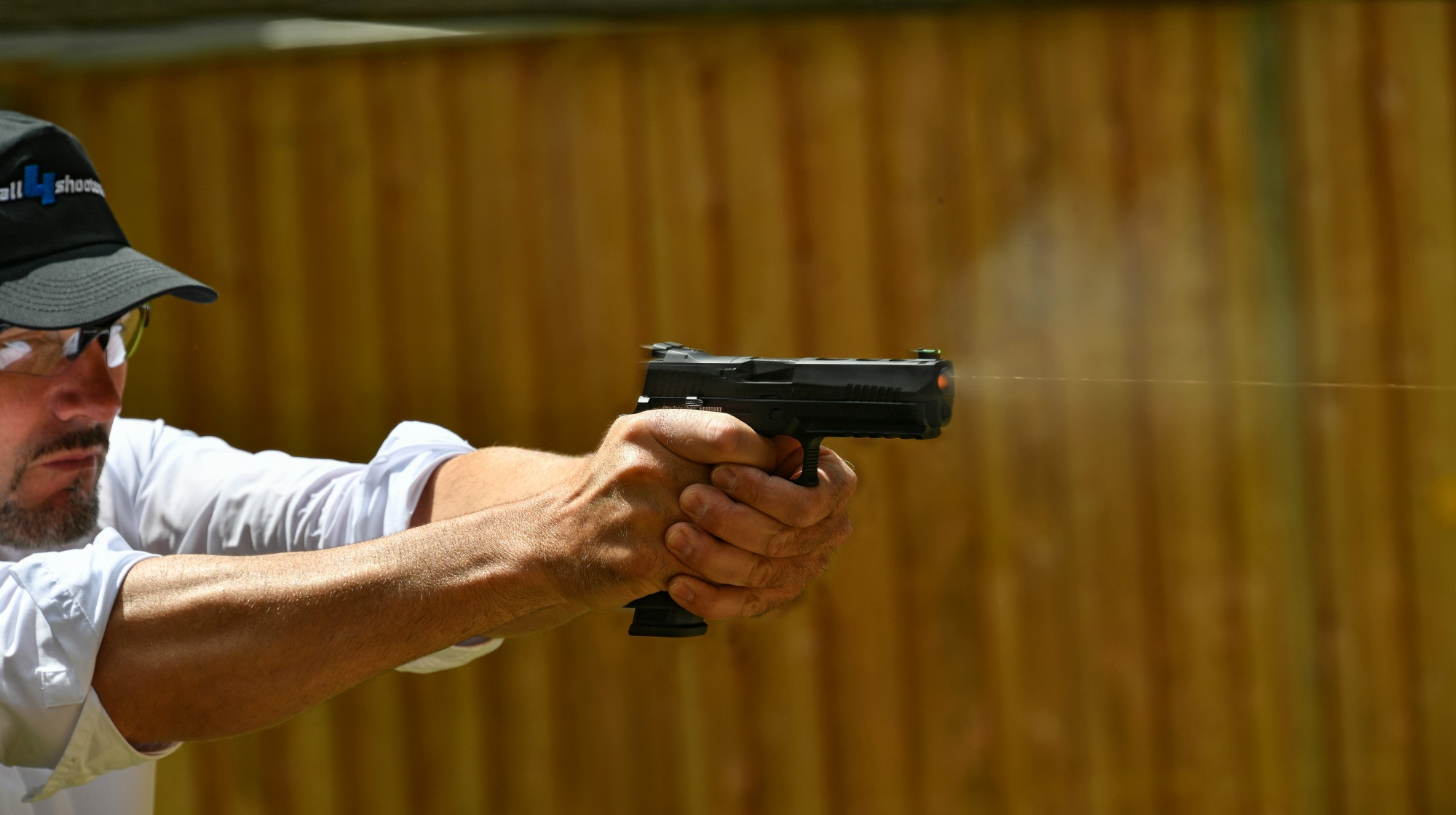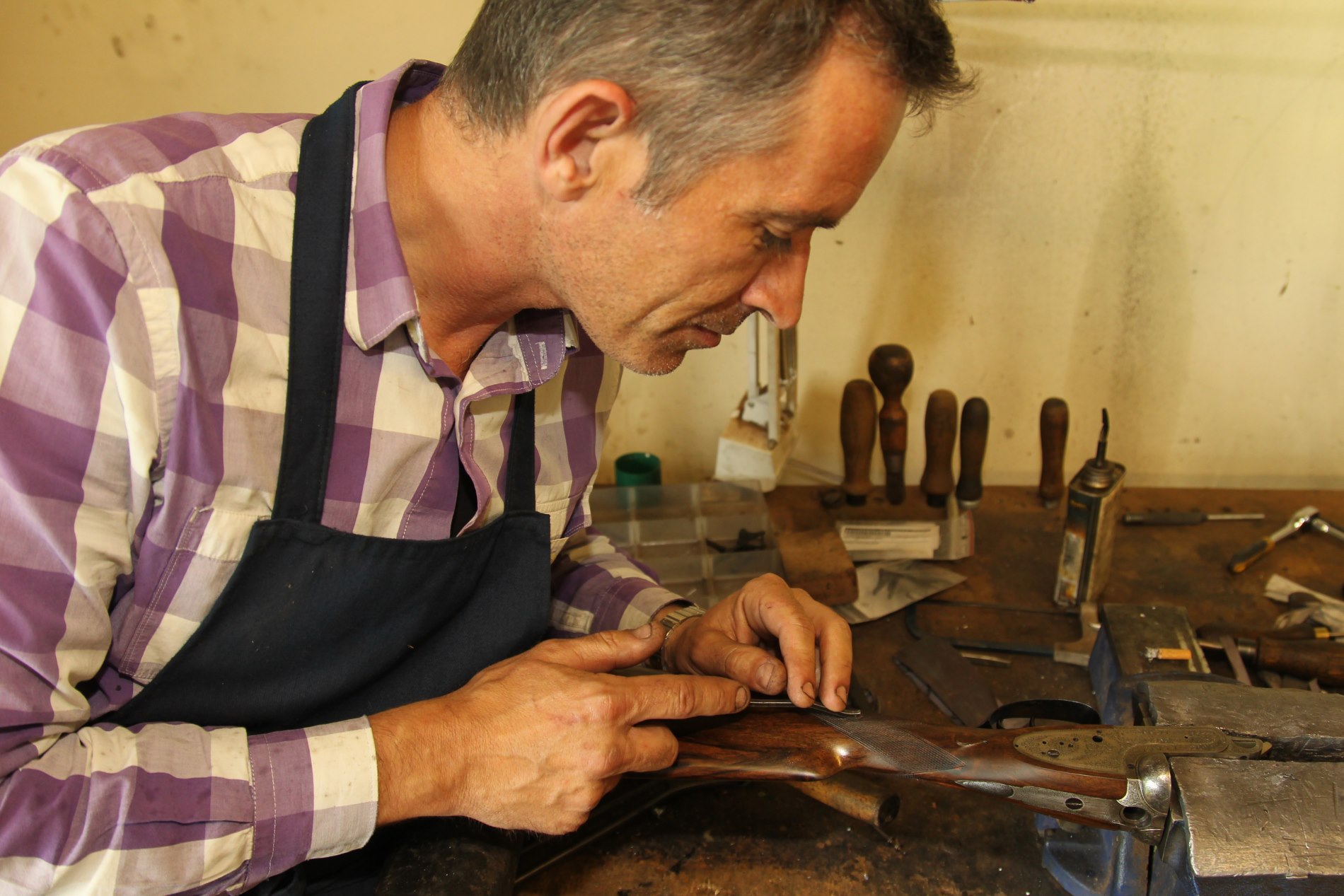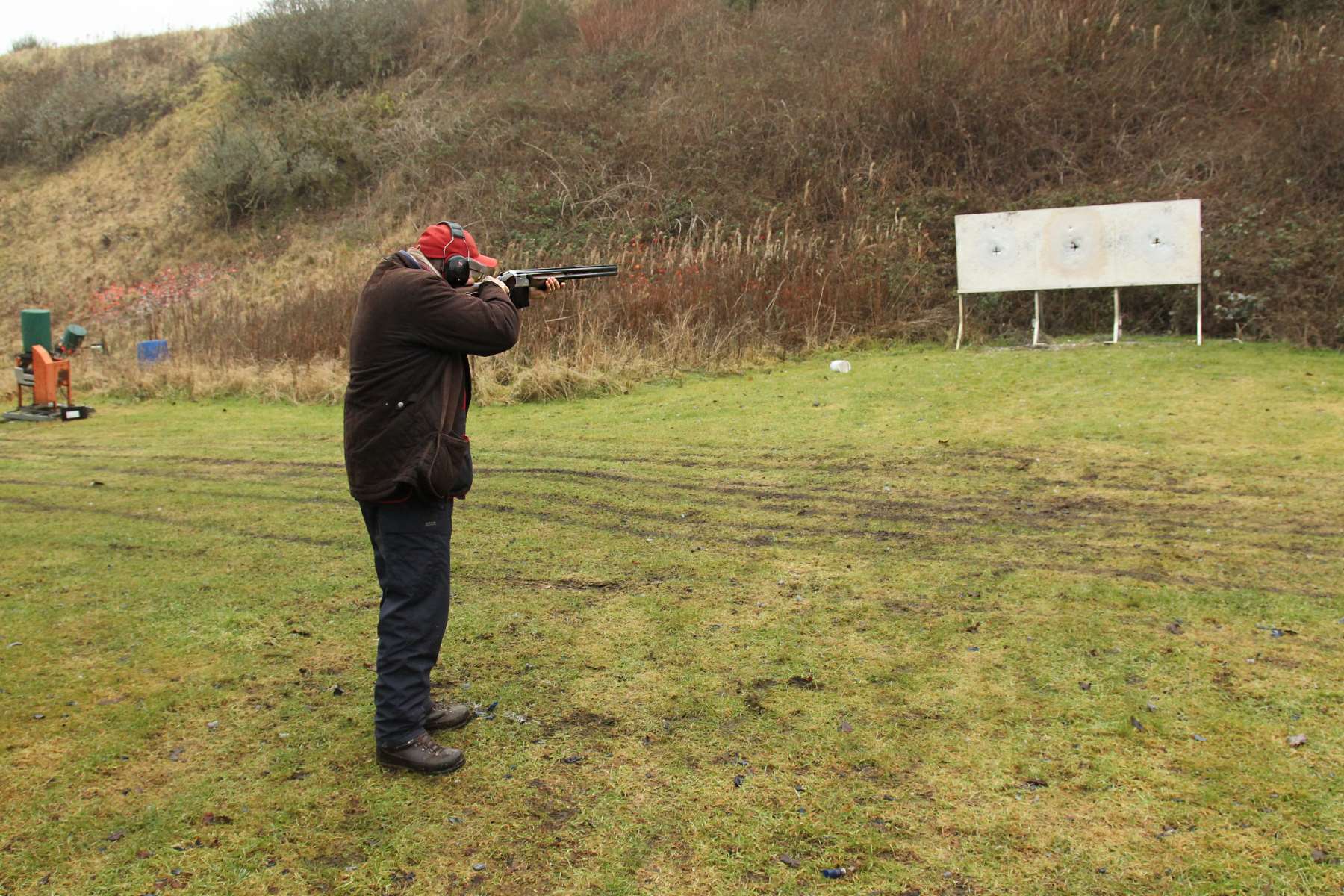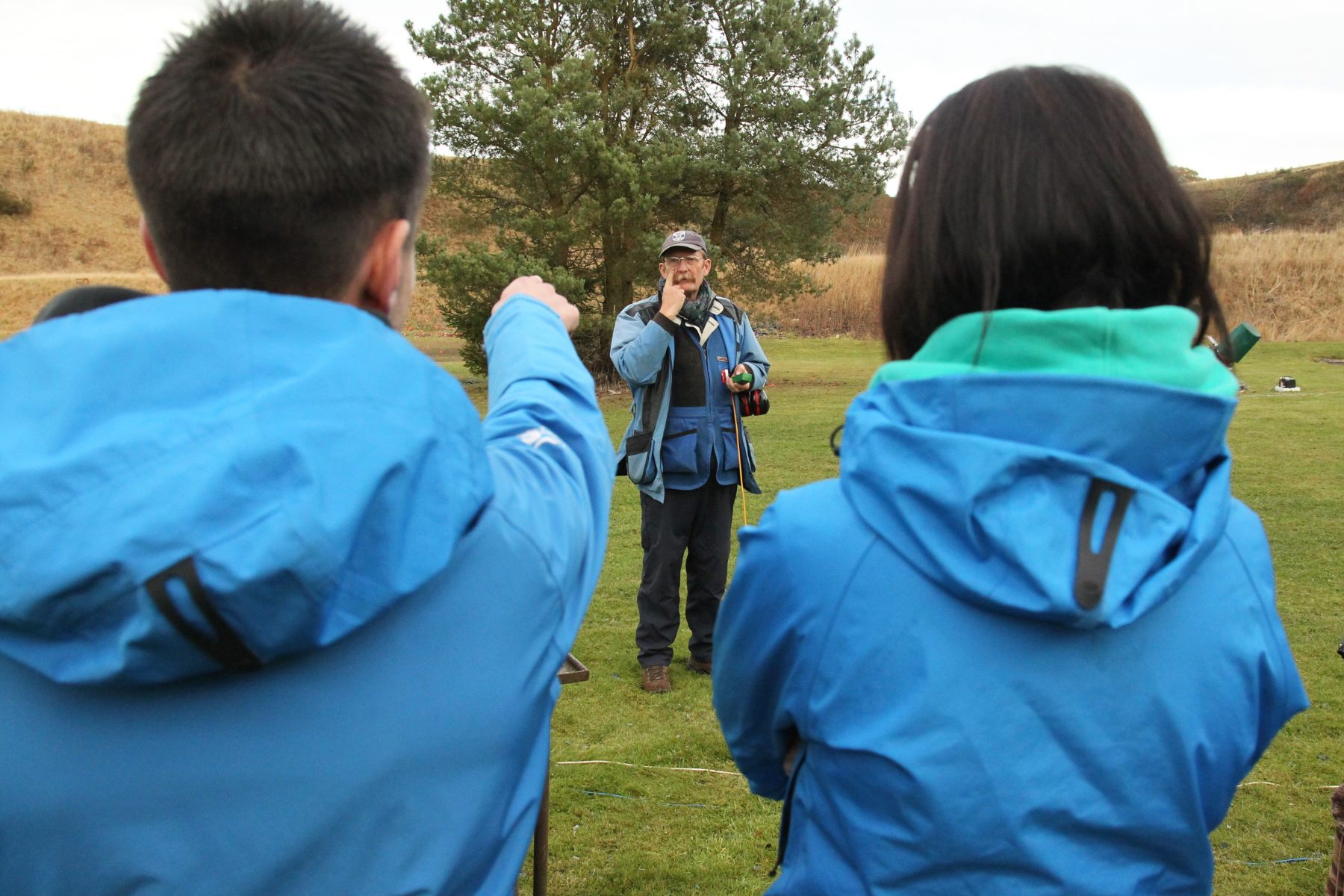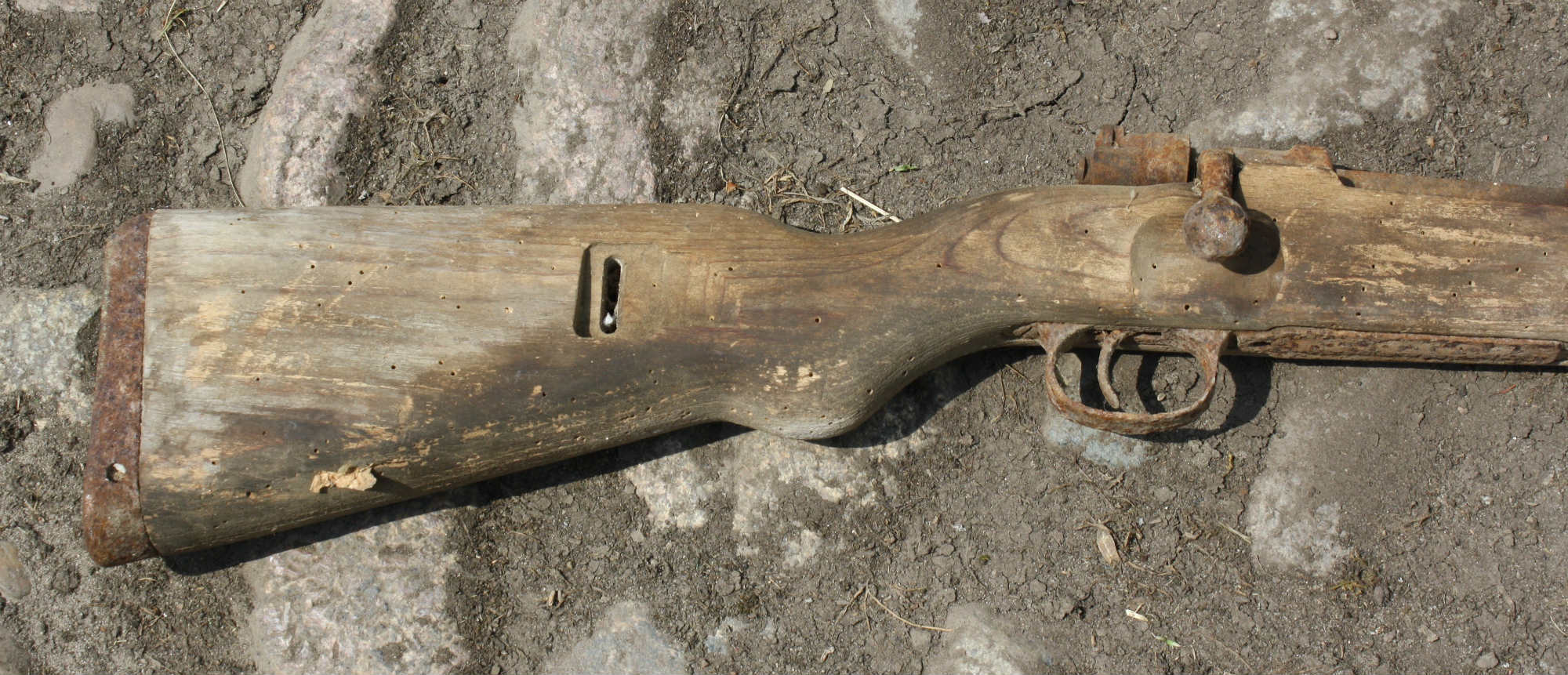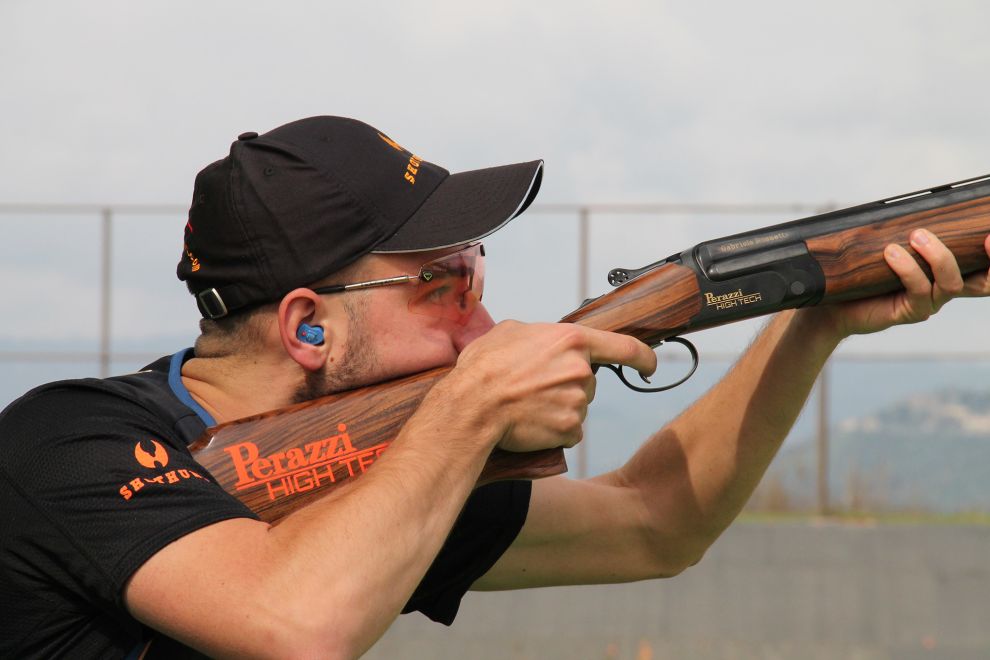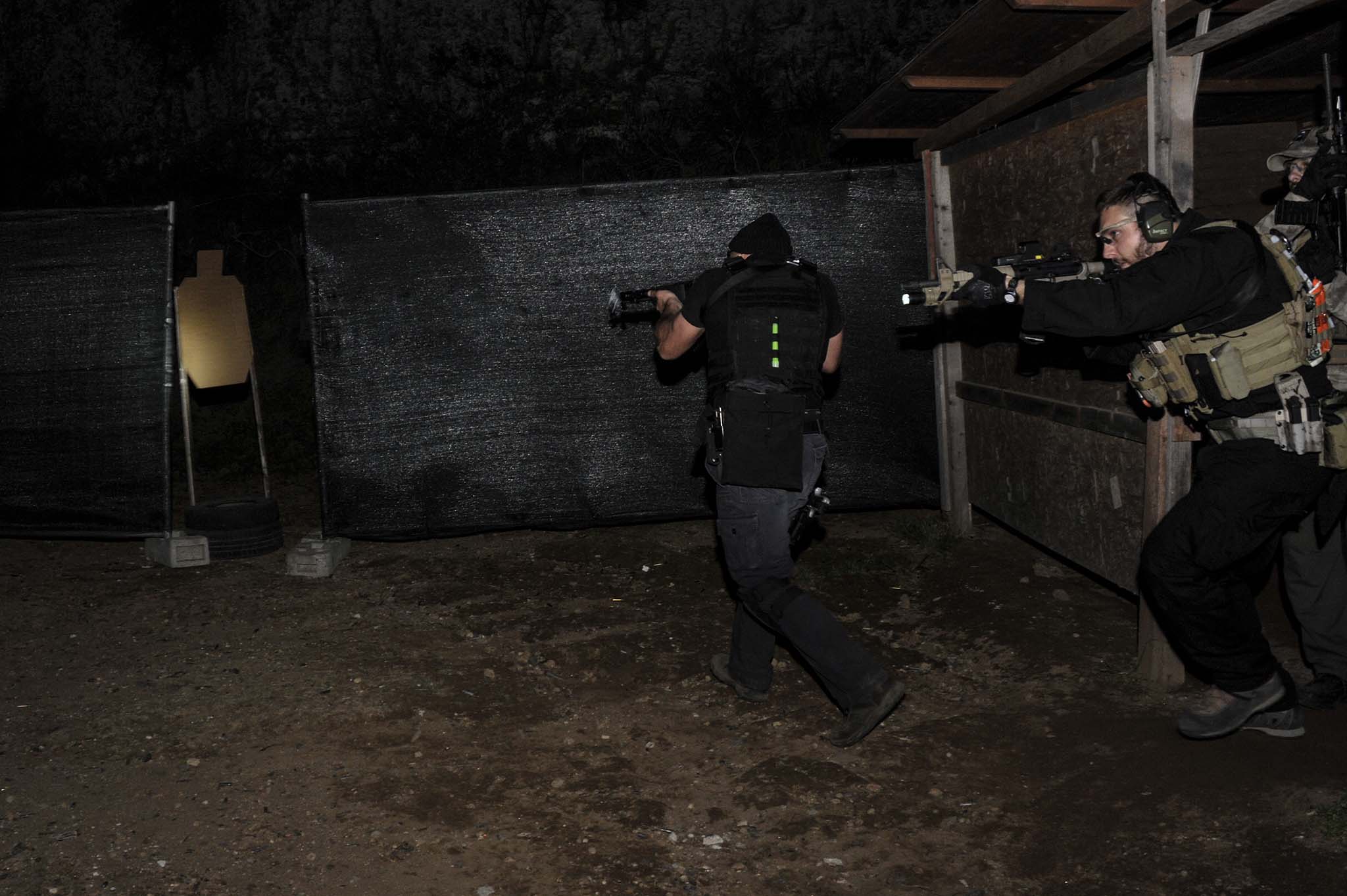Should you carry with a round in the chamber or not?
Talking about self-defense, some topics are real evergreens. Presuming you chose to carry a semi-auto pistol and not a revolver, the age-old dilemma is: “Israeli Carry” or “Condition One”?

First of all, let's explain the meaning of these expressions. The “conditions” code for pistol carrying was invented – as almost everything else related to firearm and self-defense shooting – by the late colonel and veteran Jeff Cooper: “Condition Four” means chamber empty, empty magazine, hammer down; “Condition Three”, chamber empty, full magazine in place, hammer down; “Condition Two”, a round chambered, full magazine in place, hammer down; “Condition One”, a round chambered, full magazine in place, hammer cocked, safety on. “Condition Zero”, you've guessed it, means a round chambered, full magazine in place, hammer cocked, safety off: you are about to fire.
This is basically a progression of preparedness and readiness levels.
So, in Condition One you have just to manipulate the safety (if your gun has any) and you're are ready to shoot at any menace, while the “Israeli Carry” is the same as Condition 3 – you have to rack the slide before firing. It sounds simple. But, what's better? Opinions diverge.
Some people think that only in Condition Three, i.e. with chamber empty and hammer down, you can minimize the danger of negligent discharging. Sometimes they simply don't feel confortable going around with a loaded gun. And if that's the way Israeli military carry their handguns, they argue, there must be a good reason.
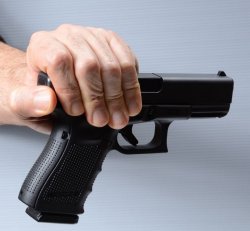
Other object that in case of need, racking the slide will take between 1 and 1.5 seconds, and since the data shows that most gunfights happen in 3 seconds or less, it's not a good idea to waste half the time at your disposal when your life is at stake.
Furthermore, racking the slide under stress can be even more dangerous and could lead to an accidental discharge: you could shoot your own hand or some innocent bystander.
The “Israeli Carry” myth
Just to be clear, Israeli military don't carry “Israeli” because of some tactical reason or because they think it's the most efficient way: in the past they used to go that way because for the average soldier there's always little time for gun training and there are too many handgun models issued to the various security forces. So, this carry option is the simplest and safest to teach to everyone.
But before choosing which way you'll carry your gun, you should consider 1) what gun you'll carry, 2) what's your equipment, 3) what's your training level.
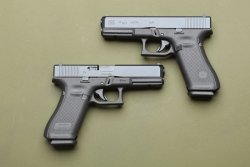
About the gun you carry: when Jeff Cooper conceived its “carry conditions” the gun he had in mind was the Colt 1911, a single-action semi-auto with manual safety. Today there are much more modern gun models and systems, even without external safeties, that are completely safe to carry with a chambered round – Glock's, to name one. You can also carry a double action semi-auto with a chambered round and hammer down, since no modern double action pistol will fire unless you intentionally pull the trigger. (In terms of safety any revolver is exactly the same as a double action semi-auto with a round in the chamber, yet nobody ever had any problem with this...)
As for the equipment, the right holster is paramount (we have already reported it on all4shooters). The basics are that you must always choose a holster that covers the trigger guard and trigger, so that you finger can't touch the trigger until the pistol is completely drawn and you're ready to fire. This is fundamental to avoid unwanted discharges.
Above all, you have to train. No carry method, and no gun, is safe if you don't spend a lot of time training with your guns. Being armed is a responsibility, and you have a duty to know how your pistol works and how to correctly use it.
If you have a quality and efficient modern pistol, got the correct holster and you trained in their use, you'll be able to choose the right way of carrying for you. But if after all you're still afraid of your own gun and you are not sure about how to manipulate it, you shouldn't carry at all, since it's dangerous for you and for the others.


